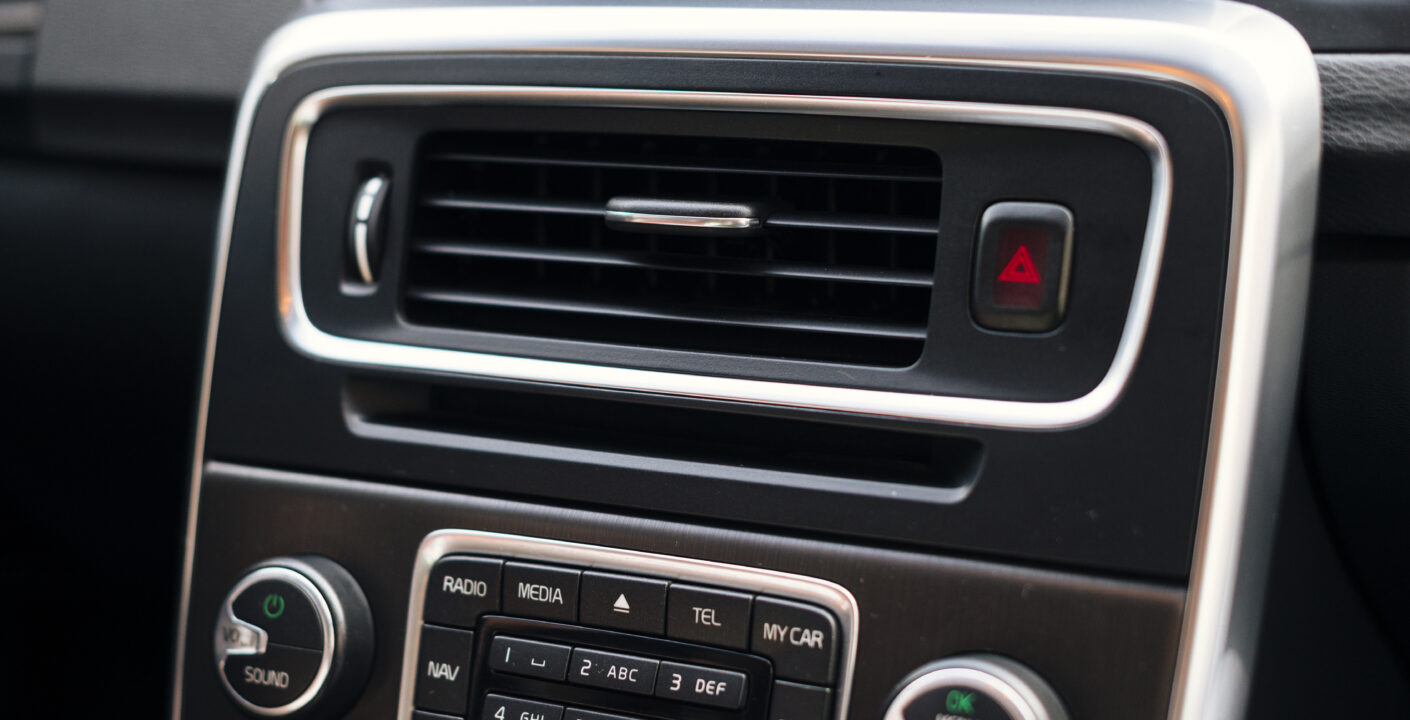Upgrading your car’s audio system can transform your driving experience, turning it into a mobile concert hall. Whether you’re an audiophile or just looking for a better listening experience, improving your car’s audio setup is achievable with the right approach. Here’s a step-by-step guide to help you upgrade your car’s audio system for better sound quality.
1. Assess Your Current System
Before diving into upgrades, understand what your current audio system lacks. Are the speakers distorted? Does the bass lack punch? Are the highs not crisp enough? Knowing what needs improvement will help you plan your upgrade more effectively.
2. Upgrade Your Speakers
The factory-installed speakers in most cars are often of average quality. Replacing them with high-quality aftermarket speakers can make a dramatic difference. Choose speakers with:
- High sensitivity for better performance with your car’s factory head unit.
- Wide frequency response to capture all the highs and lows of your music.
Popular speaker materials like polypropylene for woofers and silk or aluminum for tweeters ensure balanced sound.
3. Install an Amplifier
Even the best speakers can’t reach their full potential without enough power. An amplifier boosts the power of your audio system, ensuring:
- Better clarity, even at high volumes.
- Enhanced bass and dynamics.
Choose an amplifier with enough channels to support all your speakers and subwoofer, if you plan to add one.
4. Add a Subwoofer
If you love bass-heavy music, a subwoofer is essential. Subwoofers handle low frequencies that regular speakers can’t reproduce effectively. When choosing a subwoofer:
- Opt for a powered subwoofer if space is limited.
- Pair it with an enclosure type (sealed for tighter bass, ported for louder bass).
5. Upgrade Your Head Unit
The head unit is the brain of your car’s audio system. Upgrading it gives you better control over sound quality and added features like Bluetooth, Apple CarPlay, and Android Auto. Look for a head unit with:
- High-quality built-in equalizers.
- Preamp outputs to connect to external amplifiers.
6. Use Sound Deadening Materials
Road noise and vibrations can degrade sound quality. Sound deadening materials, like Dynamat or similar products, reduce external noise and vibrations, allowing you to enjoy clearer, undistorted audio. Install them on:
- Doors
- Floor panels
- The trunk area, especially if you have a subwoofer.
7. Optimize Wiring and Connections
High-quality wiring ensures the best performance from your upgraded components. Use:
- Oxygen-free copper cables for better conductivity.
- RCA cables with good shielding to prevent interference.
8. Fine-Tune the System
Once all components are installed, fine-tune your audio system for optimal performance. Adjust:
- Equalizer settings to balance bass, mids, and treble.
- Crossover settings to ensure each component plays the frequencies it handles best.
- Gain levels on the amplifier to avoid distortion.
9. Consider Professional Installation
While DIY upgrades can save money, professional installation ensures all components are properly set up. Professionals can handle complex wiring and tuning, ensuring your system performs at its peak.
10. Keep It Maintained
Regularly check your system for loose connections, damaged wires, or dusty components. Keeping everything in good condition will ensure long-lasting performance.
Upgrading your car’s audio system is an investment in your daily driving experience. With better sound quality, you’ll enjoy every journey, whether it’s a quick commute or a long road trip. Start with small upgrades and build your system over time for a fully customized audio experience tailored to your preferences.



